Negative search results from a Google search not only give customers a bad perception of your business, but it can also terribly hurt your revenue streams. There are two approaches one can use to delete negative content from the internet. One involves complete removal of the content, while the other involves suppressing unwanted content from the first page of Google search results by boosting desirable information.

Why Should You Care About Your Search Results?
Search engines work in seconds to bring you relevant results on the keyword in the query. The information on the first page of the results, and the auto-suggestions during the query have a strong influence on how you are regarded online. A negative review, article, or blog that is related to your business can snowball into a full-blown reputation crisis.
According to a consumer survey by Bright Local, 79% of consumers trust online reviews as much as they trust recommendations from friends and family. This means that consumers pay more attention to what their peers are saying than to what a company says, and this is what makes reviews and testimonials so powerful. Positive reviews build trust, which generates profit. Negative or fake reviews can expose your company to reputational risk. Therefore, not handling negative reviews quickly can become a reputational risk. In both cases, if a negative Google review seems to be tarnishing your personal reputation and affecting your business, don’t hesitate to ask happy clients to leave positive reviews.
#1 How Do I Remove Negative Content from the Internet?
You can remove negative information directly from the source by contacting the site owner to remove the page.
You can make the page ‘invisible’. This involves adding a NO INDEX tag to the HTML page. It tells Google to ignore that information. If someone searches for that content, they won’t find it.
Change the content on the page to make it irrelevant to the search query. You can ask the site owner to remove explicit information about your business from the information posted.
Contact Google to delete negative content or information from its search results. You can use Google’s remove outdated content tool to update search results to remove deleted pages, reviews, or images. Other instances that Google will remove information from its search results is for breach of its terms of service such as DCMA copyright violations, revenge pornography, child pornography or child abuse, doxing (exposing someone’s previously hard to find personal contact information for malicious reasons). You can escalate a bad review from a spam account for removal by contacting Google My Business support.
#2 How Do I Suppress Negative Content from the Internet?
Suppression is a Search Engine Optimization tactic that involves building up positive content to push down negative content. It involves substituting unwanted information with relevant media with the intention of providing Google with more accurate search results. SEO is a tool that boosts organic web traffic to a desired keyword. It can come from images, text, social media profiles, blogs, video, articles, and web forums. It is organic because it generates truthful improvement to your search results from unbiased sources.
Suppression is an effective strategy because users hardly click on the second page of search engine results.
You are likely to get more results by promoting existing content to bury down negative information in comparison to completely removing it from the internet.
I am text block. Click edit button to change this text. Lorem ipsum dolor sit amet, consectetur adipiscing elit. Ut elit tellus, luctus nec ullamcorper mattis, pulvinar dapibus leo.

#3 Promote High Quality Content
Locate gaps in content by auditing your online profile. Brand reputation management includes looking up your social media pages, articles, and blogs to determine strengths and weaknesses of your brand as well as user intent. User intent is what people are looking for when they search you online. You can look at your competitors’ profiles to guide you on the type of content you need, or use digital monitoring tools to find out what is trending about you. Leverage on unreported positive aspects of your business. This gives a search engine more options to consider when deciding relevant information to rank highly in its first page search results.
Employ the use of effective search engine optimization to boost existing content, and ensure newly created content has maximum visibility. These highlights about your work promote organic search results by creating demand for positive content while consequently pushing down unwanted information from the first page of Google search results. Promoting high quality content is primary in online reputation management for any business be it for managing reputation for lawyers, doctors or any other service.
#4 Create a Personal Website and Social Media Profiles
A designated website is the storefront for your business in the digital age. It is what helps people to make it easier to find you online. How your business is perceived online has real world implications on your hiring capacity, revenue streams, and personal advancement opportunities. Therefore, personal reputation management is also important to elevate your business.
Begin by buying a domain name on your brand or business name. Then optimize the website for your keyword which has been harmed by the negative search results. Optimize on-page SEO to improve how quickly your web page loads.
Build high quality social media pages and optimize them for your keyword that you want ‘naturally’ promoted on search engine results.
Utilize microblogging sites such as Medium, Tumblr, WordPress that allow you to form customized URLs which will be useful for boosting your page one search results.

We Listen, We Evaluate,
then we Provide a Solution.
Our professionals carefully construct a strategy as per your goals. It is individually structured catering to all your needs. Our motto is to personalize your experience and journey of establishing your brand!
#5 Build a Strong Network
Link all your sites together by featuring them on your pages to show search engines that certain content is associated with your brand. One strategy is to create strong backlinks.
A backlink or an inbound link is a link from one website to another. In order to identify which content is spam and which is organic, search engine algorithms use backlinks as ‘endorsements’ for your site. The more relevant backlinks your site has, the more it ranks as a reputable source of information. A high-quality backlink has certain characteristics. One of them is that is comes from a website with high domain authority. This means that it can impart this authority to your site. Another key trait is that it includes your target keyword in the anchor text. The anchor text is what is clicked on to direct a user to your page. The third characteristic is that the site linking to yours is topically related to your website. For example, if your website features culinary content, it won’t rank as highly on a website that talks about motorcycles.
Do-follow backlinks can be created by generating a Google alert for your keyword mentions then request the website or blog to link back to your site.
After creating these backlinks, regularly monitor them, and consistently keep them updated and relevant. Applying individual reputation management strategies can further aid in building a strong network.

#6 Publish on High Authority Websites
High authority websites are those that have a high domain authority – you can check domain authority here – or sites that have a voice that is considered more informative than the average blogger online.
The first step to effective use of this approach is to identify which of these websites are authoritative in your industry. Pitch them relevant content and strive to have it published in your name. In reference to building a strong network of interlinked sites, strive to get a backlink from that article to your website.
Conclusion
The best strategy for a concrete online reputation repair campaign is from effective search engine optimization and good writing. The most precious asset is time. It takes time to bury unwanted content from the internet. A strategy that involves flooding websites with backlinks or spamming search engine with fresh content over a short period of time will quickly be flagged as spam and render your approach ineffective.
Removing Negative Content Online Is One of the Simplest Ways to Restore Your Online Reputation.
Get in Touch With Us Today to Start Repairing Your Reputation!

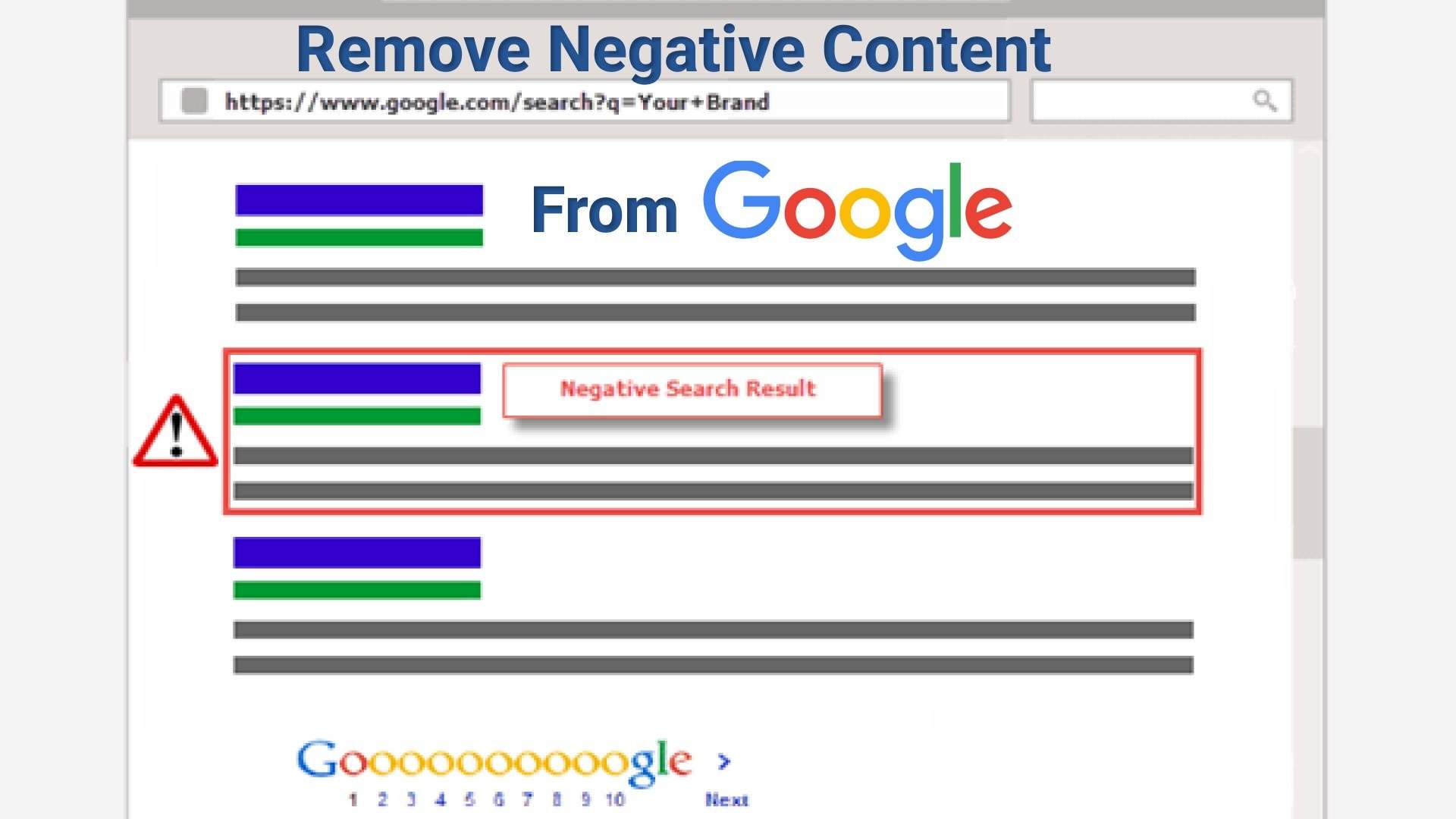



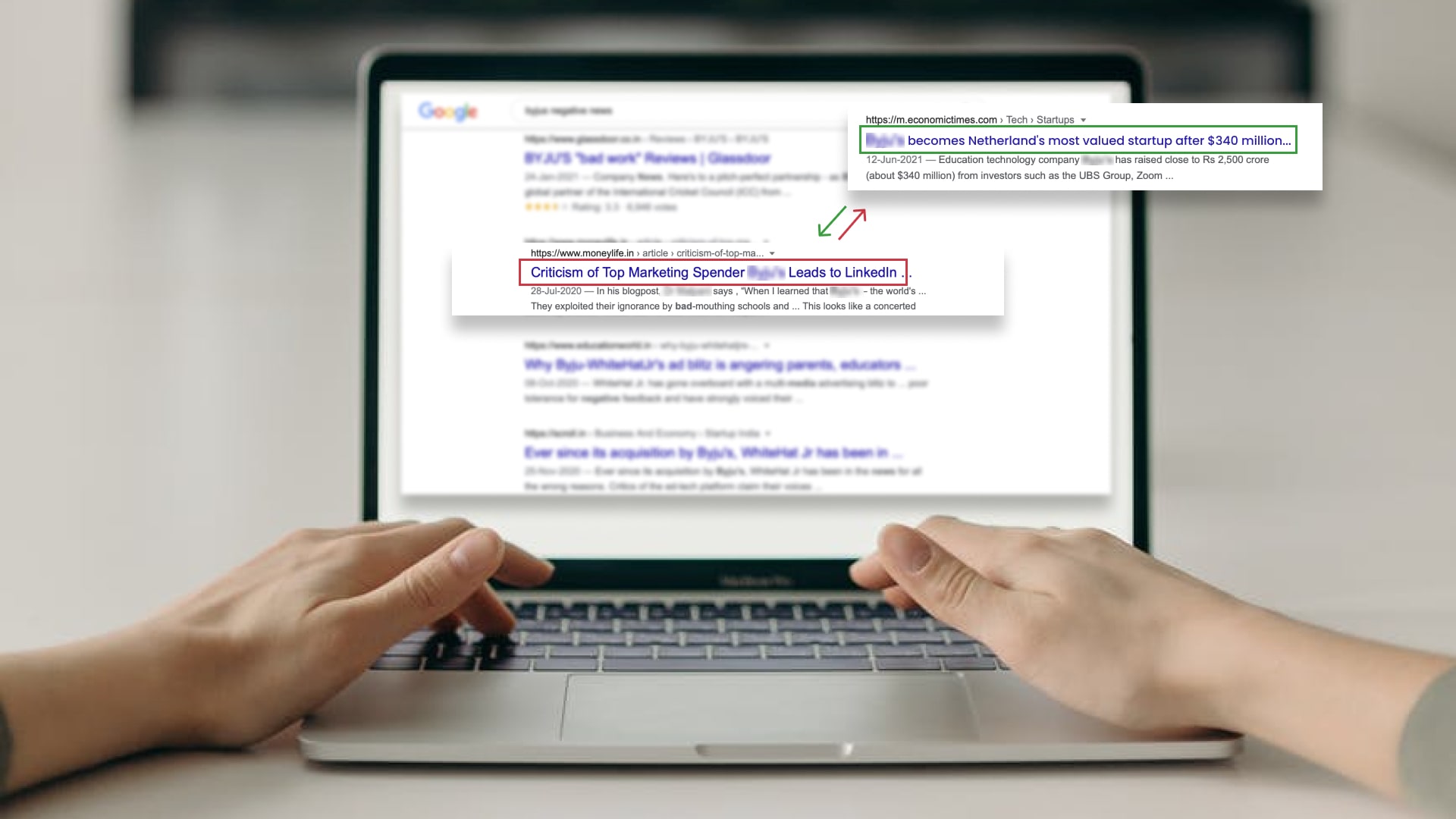


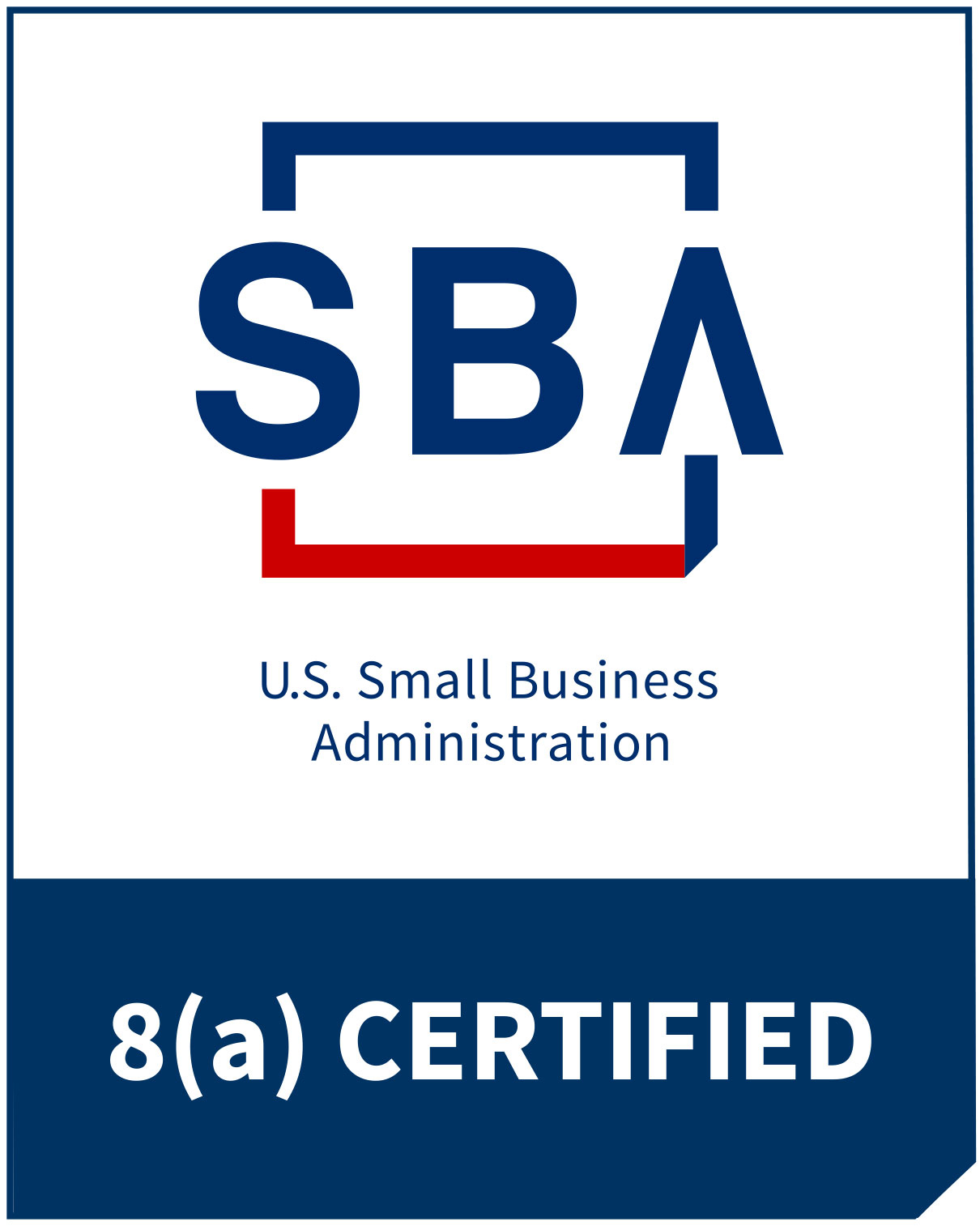

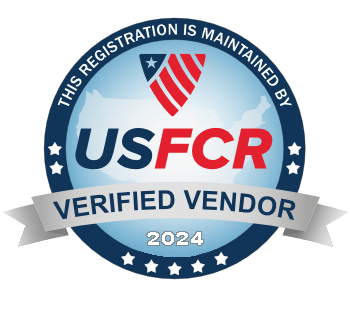


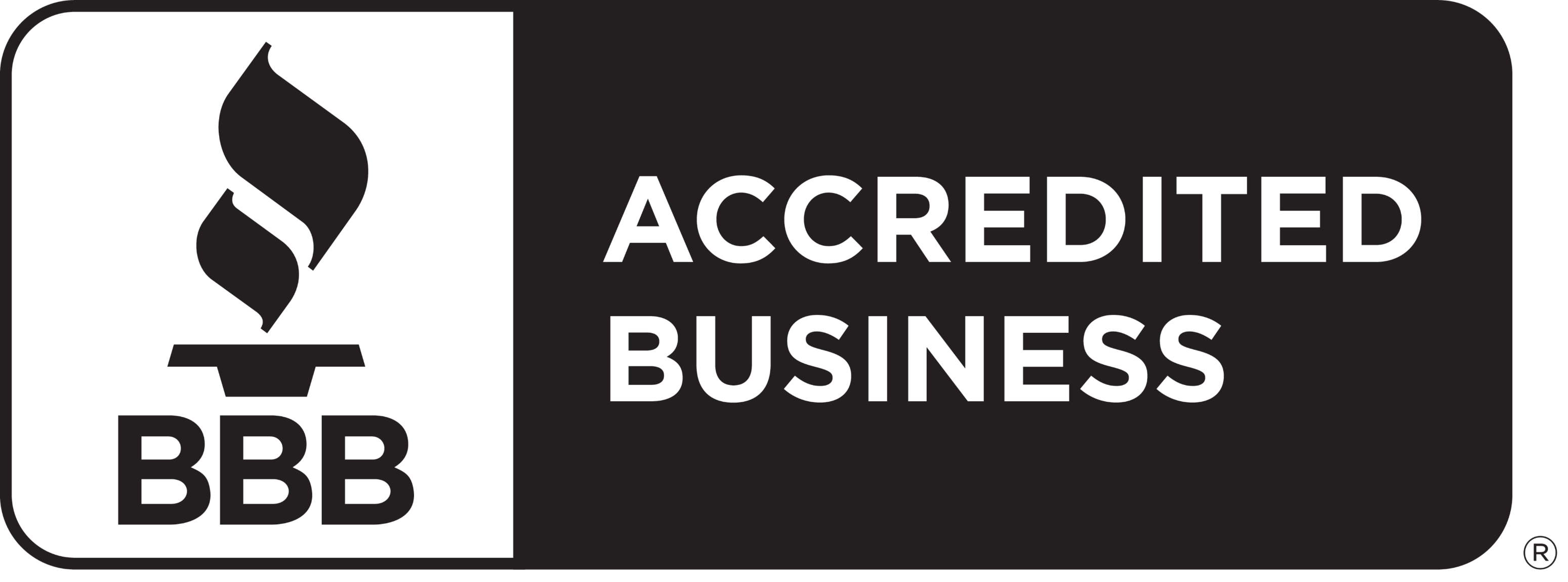
Comments are closed.